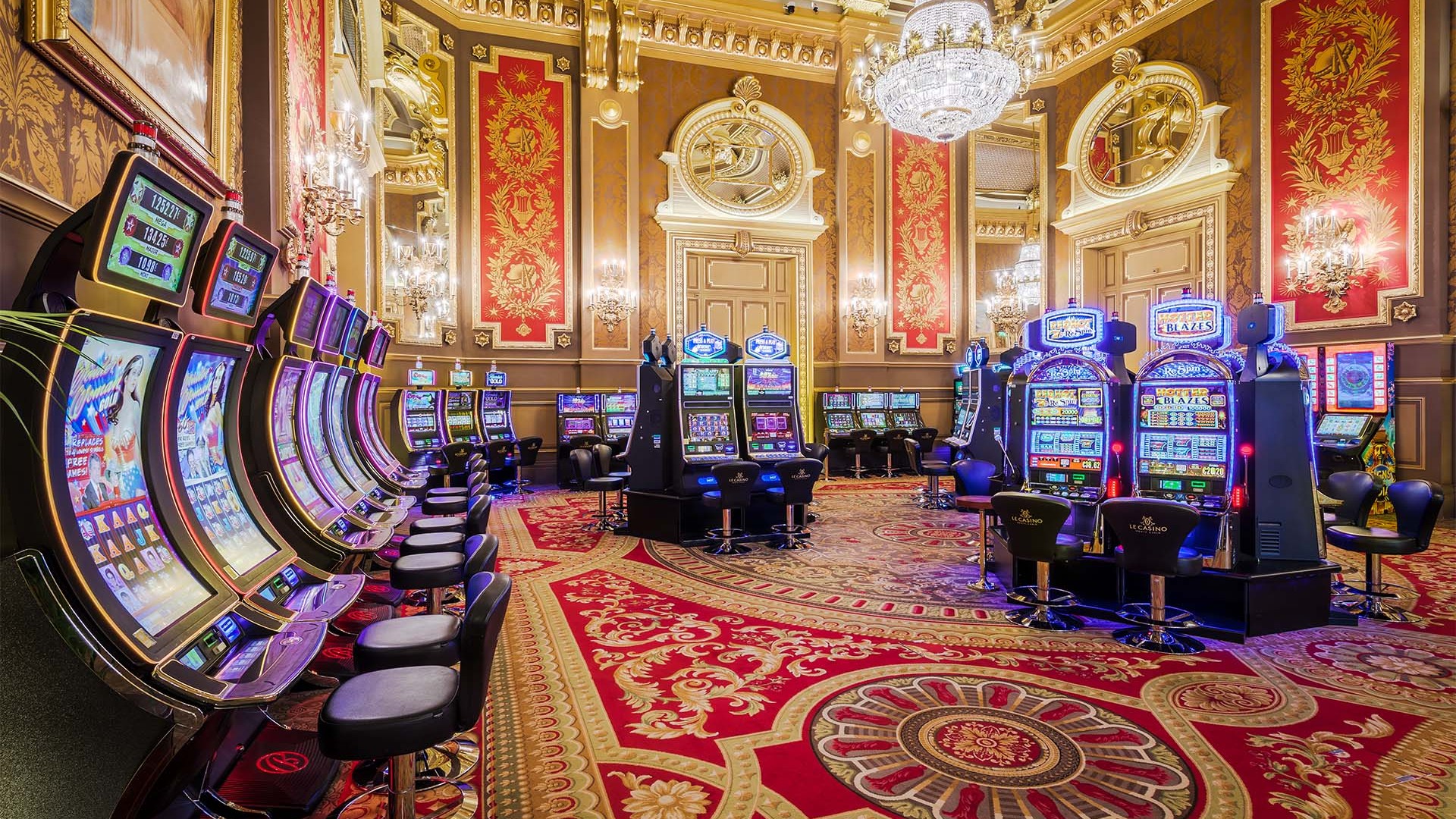The saga of gaming machines is a fascinating narrative that mirrors the progress of amusement and wagering across the generations. From their modest beginnings in the late 19th century to growing into a staple in casinos around the globe, these games of fortune have experienced remarkable changes. Slot machines have captivated players with their colorful graphics, engaging storylines, and the promise of transformative jackpots.
At first designed as analog instruments with spinning cylinders and few images, slot machines have evolved into sophisticated digital games that incorporate advanced technology and interactive features. Currently, they draw in millions of players, each aspiring to hit the jackpot with just the yank of a handle or the press of a button. Investigating the captivating past of these devices reveals not just the tale of a well-liked hobby, but also a reflection of cultural shifts and tech developments over the ages.
The Beginnings in Slot Machines’ History
A tale of slot machines starts in the late 19th century, a time when mechanical devices were increasingly popular in places of amusement. The first true slot machine came into existence by Charles Fey in 1895, known as the Liberty Bell. It featured three spinning reels and five symbols: hearts, diamonds, spades, a horseshoe, and the famous Liberty Bell. Players would pull a lever to spin the reels, and if the symbols aligned in a specific combination, players won a payout. Fey’s invention rapidly captured the attention of gamblers and paved the way for future developments in casino slots games.
As the concept of the slot machine gained traction, numerous inventors looked to enhance Fey’s design. By the dawn of the 1900s, these machines were becoming a frequent presence in saloons and amusement parks. In 1907, the initial electromechanical slot machine was introduced by Herbert Mills, which featured a more intricate system of payout mechanisms and the iconic fruit symbols that are still associated with slots today. This evolution marked a major shift in the gaming industry, as machines became more engaging and user-friendly, attracting more players.
The popularity of slot machines continued to soar throughout the early 20th century, leading to their extensive use in casinos across the United States. However, as legal restrictions on gambling during the Great Depression presented challenges for the industry. Many machines were outlawed, but this did not stop innovators. Instead, they adjusted by creating machines that gave out candy or gum instead of cash prizes, effectively bypassing the restrictions while still providing the thrill of a casino slots game. This creativity kept the spirit of gambling alive, setting the stage for the eventual resurgence of slot machines in modern casinos.

Advancement of Slot Machine Technology
The story of slot machines commenced in the final 19th century with the creation of the initial mechanical slot machines. A mechanic named Charles Fey, a California mechanic, presented the first slot machine in 1895, which included three rotating reels and five icons: heart shapes, diamonds, spade symbols, a lucky horseshoe, and the bell symbol itself. This simple yet captivating layout laid the basis for the evolution of casino slots game, creating an immediate appeal for gamblers searching for fun and a opportunity to earn.
As technology advanced, so did the appearance and capabilities of gambling devices. By the mid 20th era, electronic mechanical machines emerged, adding electronic elements to enhance gameplay and amplify payout opportunities. These advancements permitted for more complex features like various paylines and larger jackpots. https://f8bet80.one/ The casinos embraced these advances, causing the growth of slot machines as a major contributor of income within the gambling sector, essentially altering the experience of playing slots.
The closing 20th and beginning 21st centuries brought the age of digital technology, resulting in the launch of video gambling machines. These gaming units substituted traditional reels with monitors, permitting even more imagination in themes and gameplay features. Players could now experience rich graphics and sound effects, along with interactive bonus rounds. The move to web-based gaming further revolutionized the gambling world, allowing slots reachable to a global population whenever and everywhere, thus marking a fresh chapter in the evolution of gambling device innovation.
A Cultural Impact of Gaming Machines
Slot machines have become not only a means of leisure; they have integrated into the fabric of mainstream culture. From movies and TV series to music and literature, these famous gaming machines often act as emblems of luck and risk. Films like The Casino and Ocean’s Eleven prominently feature slots, portraying them as exciting yet uncertain elements of the casino atmosphere. Their unique attraction lies in the noise of coins falling, the revolving reels, and the vibrant blinking lights, which in unison create an electric atmosphere that captures attention.
In addition, slot machines have shaped social gatherings and events, making them a focal point in casinos and gaming venues. Numerous individuals do not just go to a casino to gamble; they attend for the full experience, which encompasses the social interactions and the lively ambiance surrounding these machines. Special tournaments and themed gaming nights centered around these games also showcase their popularity, fostering social connections and shared experiences among players. This social element has contributed to the machines’ lasting popularity. Nhà cái F8BET
The advancement of technology has also transformed this cultural impact. Digital and online slots have expanded access to these games far beyond the walls of physical casinos. Players can now enjoy their favorite casino slots game from home or on the go, leading to the rise of online communities and forums where enthusiasts exchange strategies and experiences. The continuous innovation in game design and the integration of storytelling have kept the cultural importance of slot machines alive, attracting younger audiences while maintaining a tie to their cultural roots.